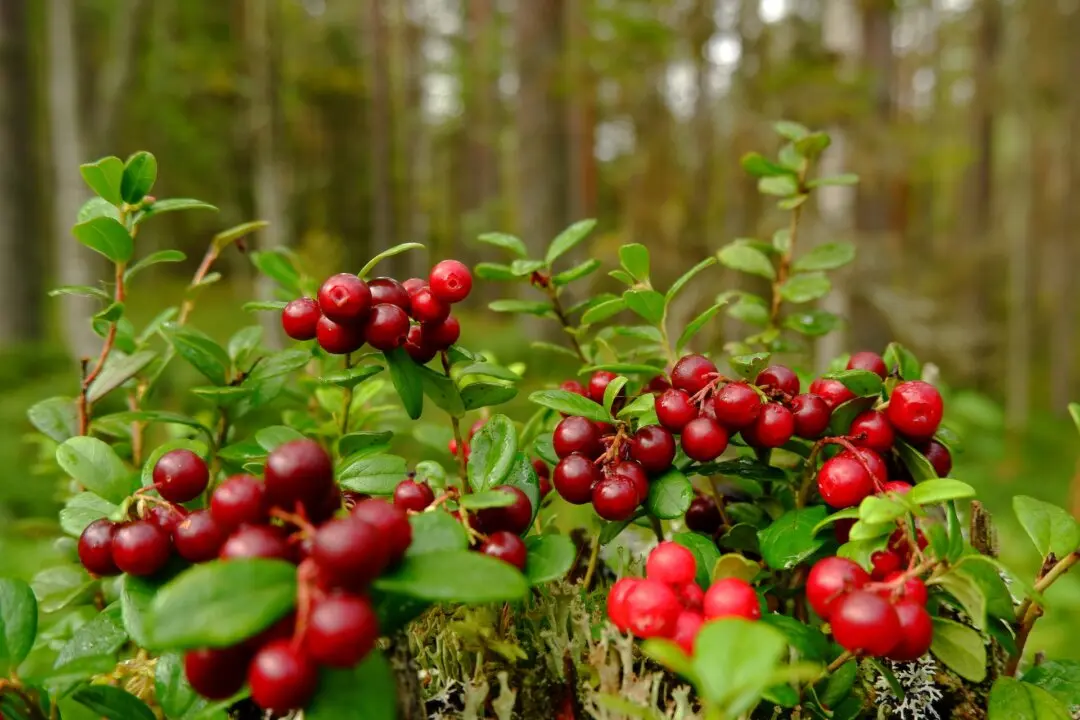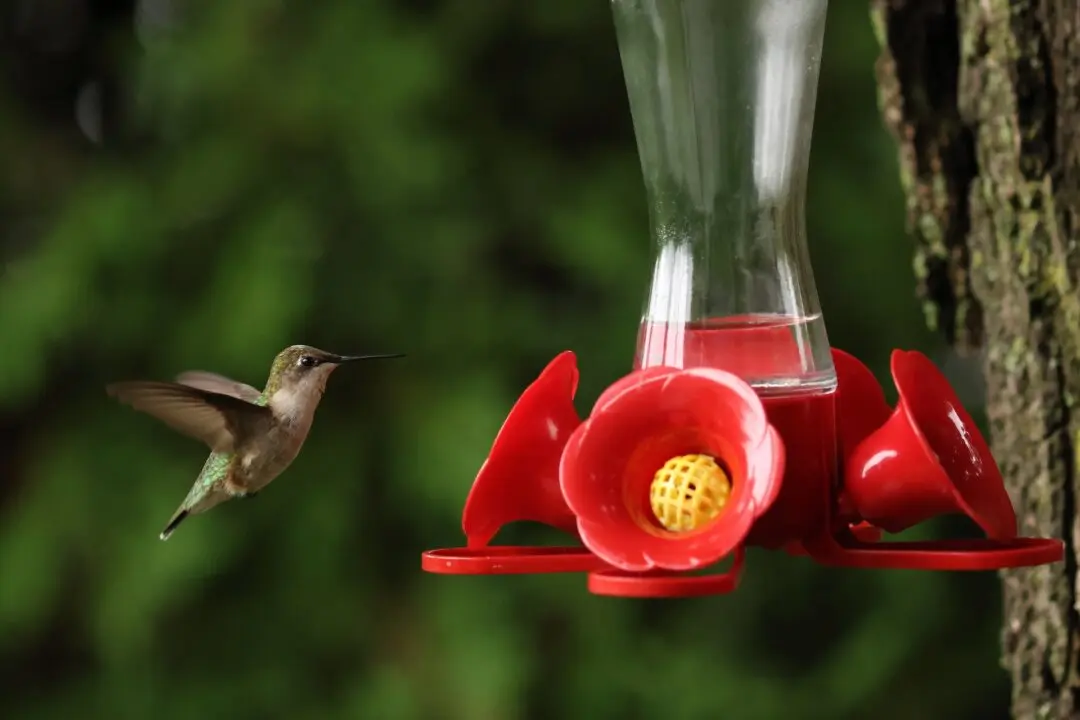Q: Your answer on a lawn that suddenly appeared dead sounds like what many lawns in our area suffered through. We had army worms. One day the grass was green and the next day it was dead-looking.
A: I tell people all the time that there are only three things that affect plants: insects, diseases, and everything else. Dead grass looks like dead grass, but we often have to be detectives and coroners to figure out the likely cause of the problem.





